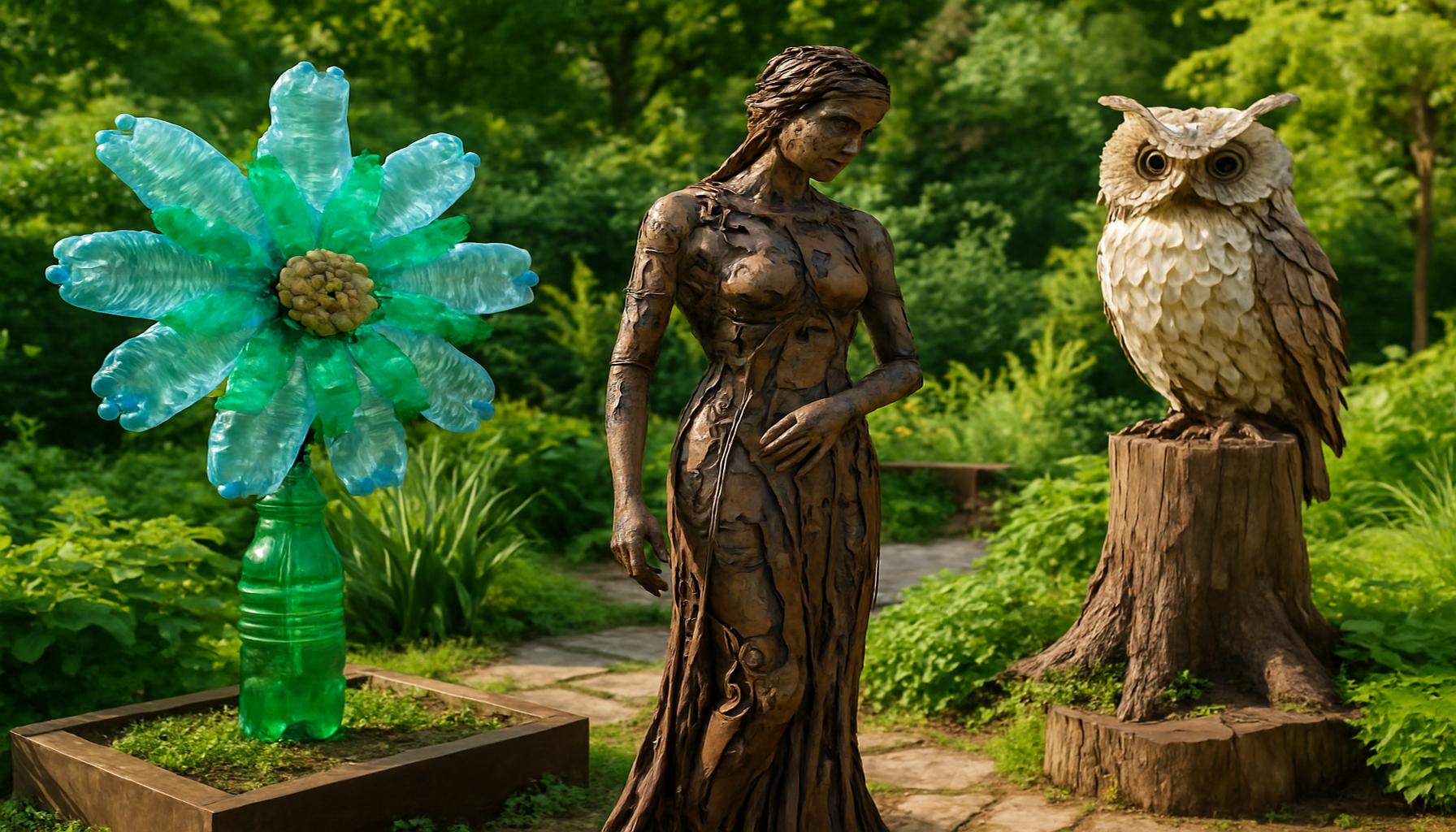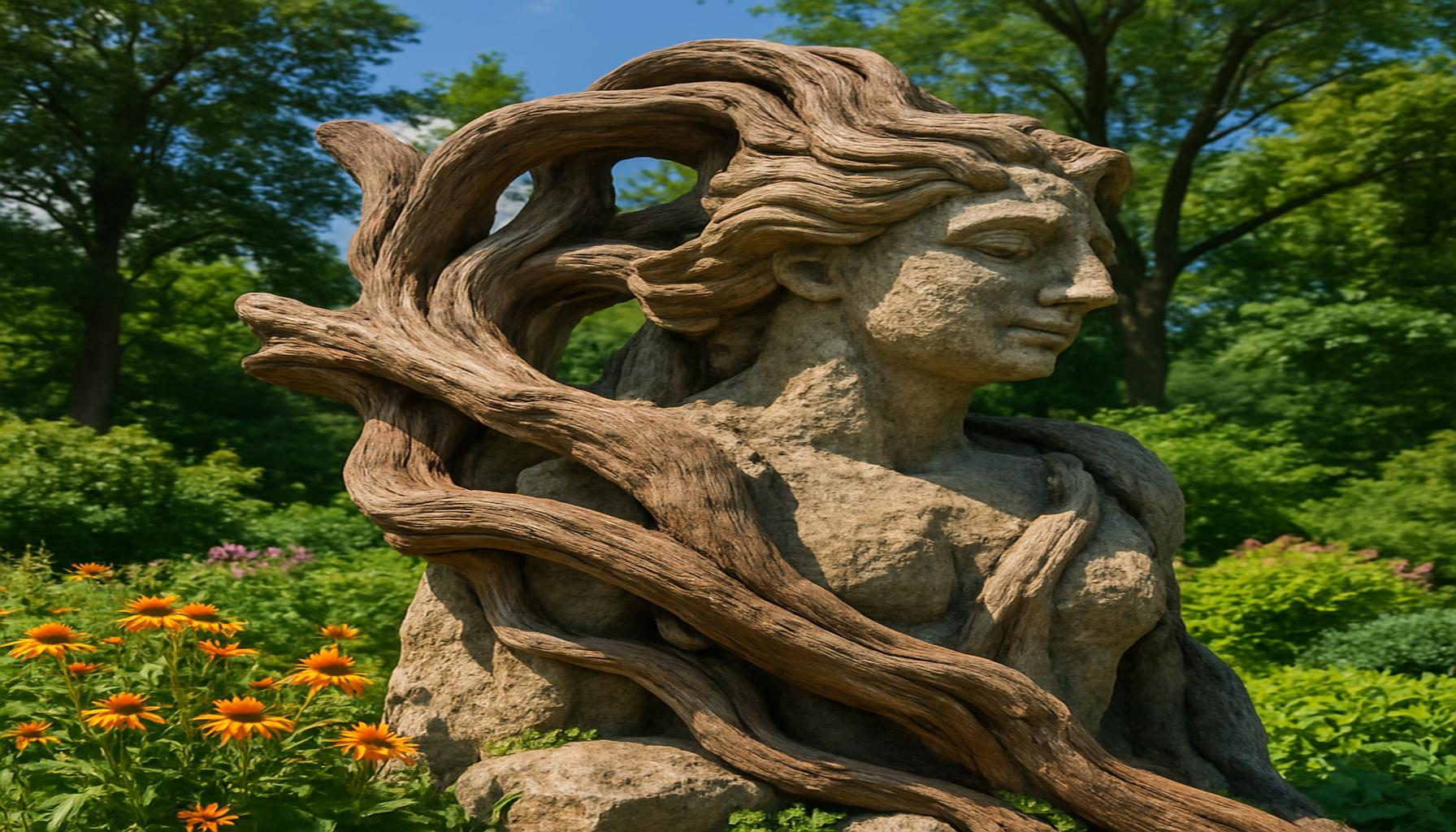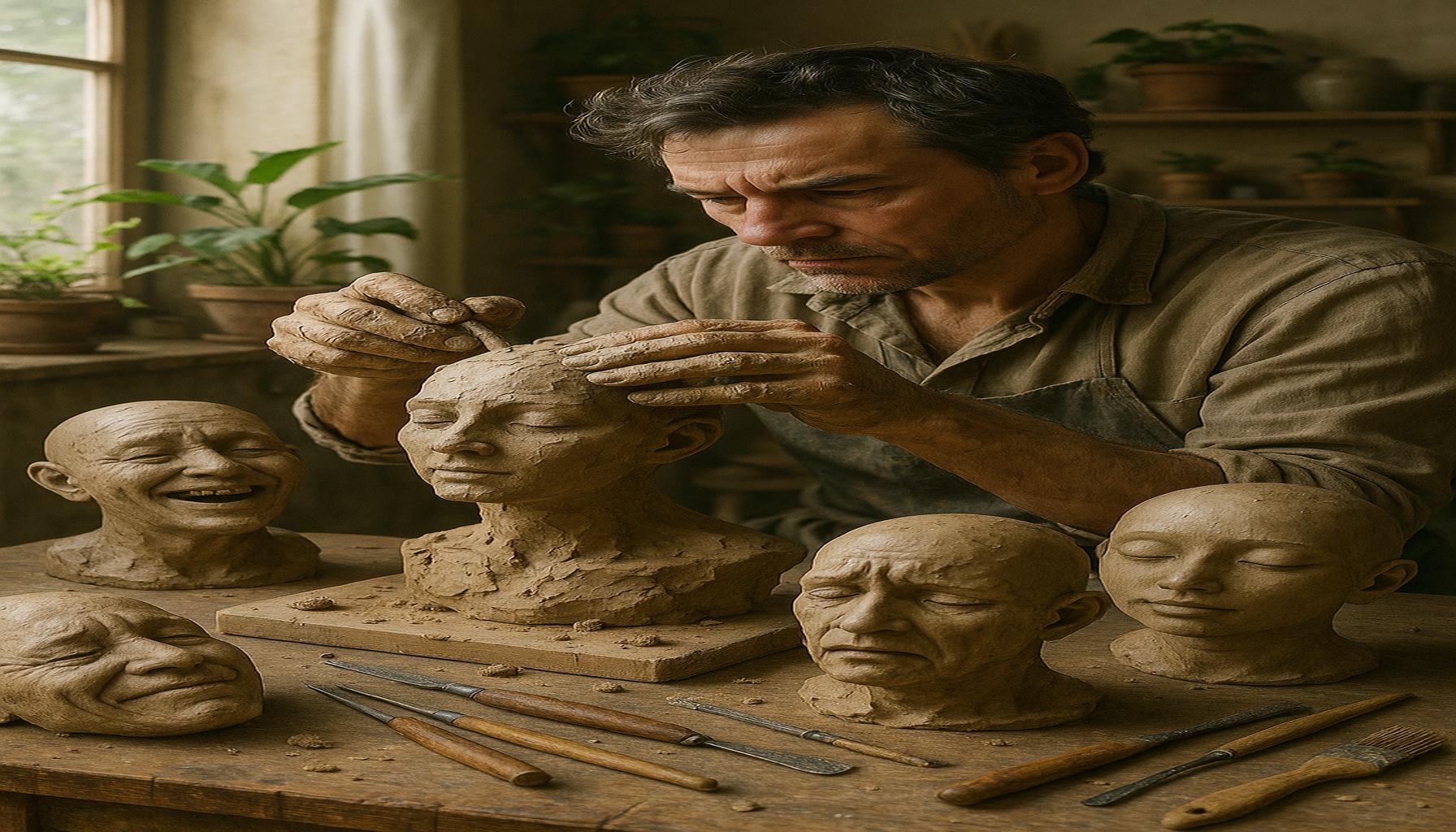Sculpting Identity: How Sculpture Can Reflect Cultures and Communities
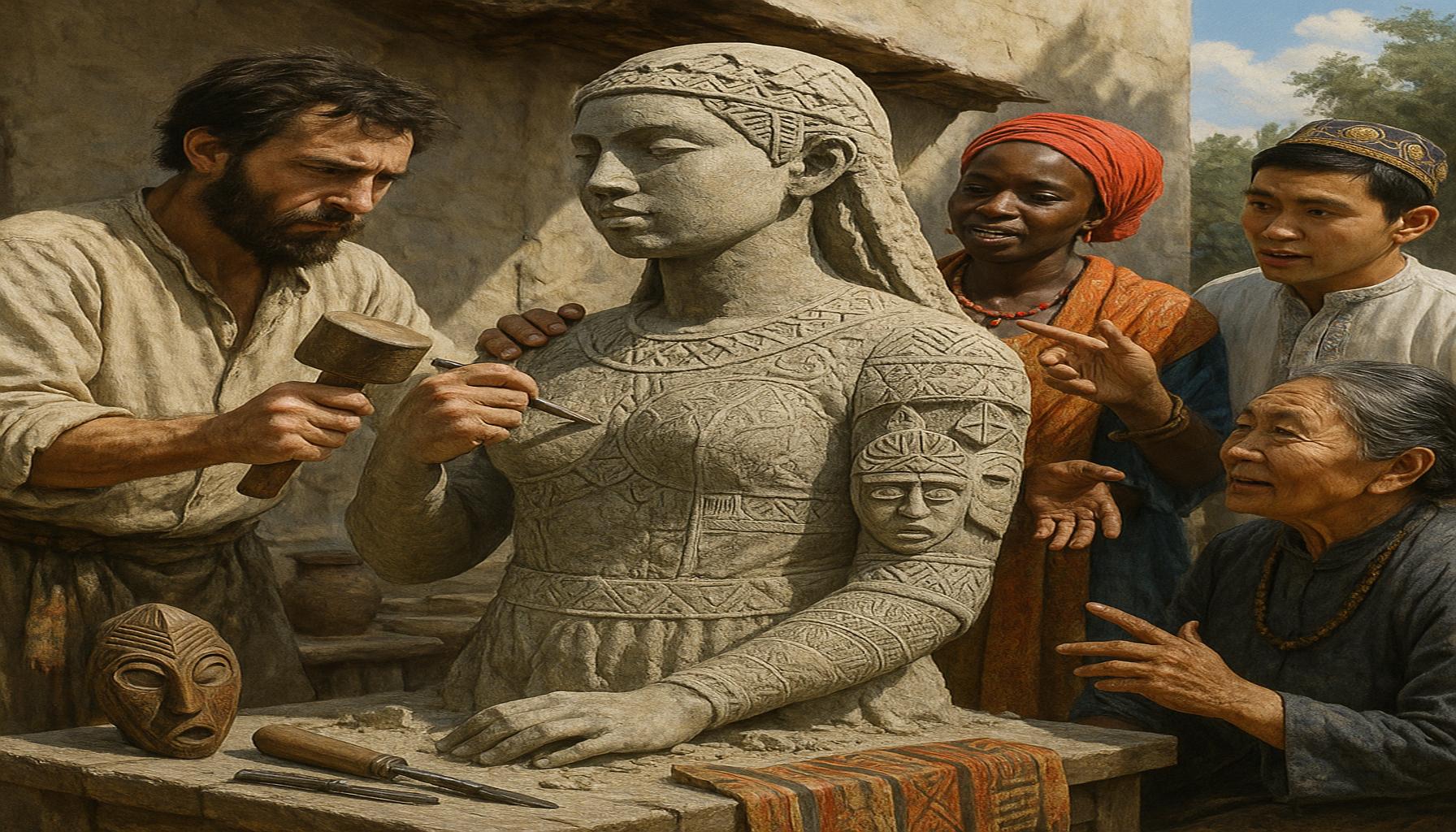
Exploring the Intersection of Art and Community
Sculpture has been a vital form of expression across civilizations, acting as a mirror reflecting the values, beliefs, and history of cultures. In a world increasingly defined by rapid change and globalization, these art forms provide a tangible connection to community identity. They encapsulate the narratives of diverse groups, adding depth to our understanding of humanity.
The Powerful Role of Sculpture
Sculptural works serve important functions within society, such as:
- Preservation of History: Monuments and memorials honor significant events and figures. For instance, the Lincoln Memorial not only commemorates President Abraham Lincoln but also serves as a site for civil rights demonstrations, including the famous “I Have a Dream” speech delivered by Martin Luther King Jr. in 1963.
- Cultural Significance: Traditional sculptures showcase indigenous practices and rituals. The intricate stone carvings of Easter Island’s Moai are not only artistic achievements but also represent the social and political hierarchies of the Rapa Nui people.
- Public Engagement: Community installations foster dialogue around social issues. A vivid example is the “Fearless Girl” statue in New York City, which challenges the corporate culture and encourages discussions about gender equality and women’s empowerment.
From the iconic sculptures in New York’s Central Park to the intricate totem poles in Native American communities, each piece tells a unique story. They invite not only admiration but critical reflection upon societal values. Understanding these expressions of identity requires us to engage with the surrounding context and the communities they represent. For instance, the “Chicago Picasso,” which stands in Daley Plaza, prompts locals and visitors alike to ponder its abstract form while discussing the city’s artistic identity.
Why Sculpture Matters
The examination of sculpture extends beyond aesthetics; it serves as a pathway to explore cultural diversity and shared experiences. Such art transcends language barriers, becoming a universal medium that allows people to connect emotionally with the artist’s intent. As we delve into how sculpture shapes and reflects identity, we uncover the rich tapestry that connects us all.
Moreover, the impact of sculpture on community cohesiveness cannot be understated. Public art initiatives, such as the “Art on the Atlanta BeltLine,” incorporate local artists’ works throughout the city, transforming unused spaces into areas of cultural significance and stimulating community interaction. This not only beautifies the urban landscape but also promotes an inclusive atmosphere where people from varied backgrounds come together to appreciate art. As communities invest in the creation and preservation of sculptures, they celebrate their unique histories and narratives, bridging gaps between past and present.
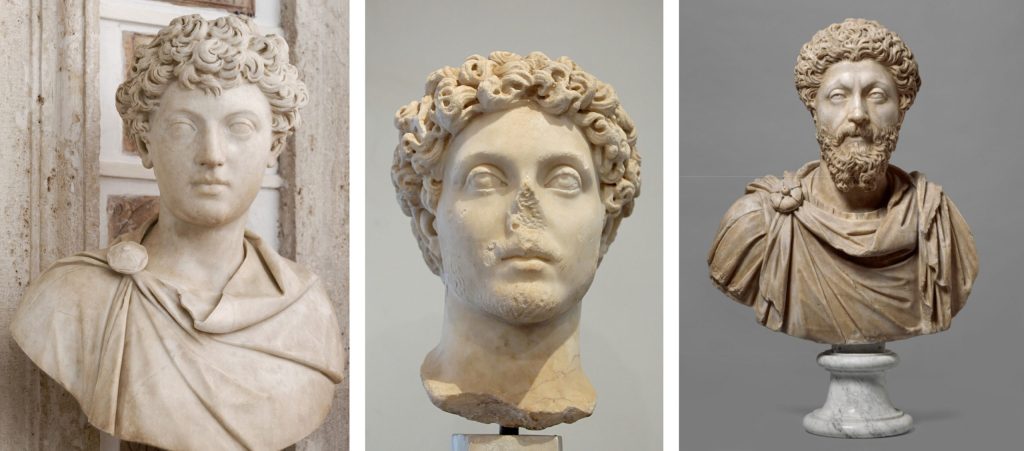
In conclusion, sculptures provide invaluable insights into the essence of communities, representing their pride, struggles, and aspirations. Engaging with these artistic expressions cultivates a deeper appreciation for the diverse tapestry of human experience. By recognizing and supporting sculpture as a vital component of community identity, we not only honor tradition but also pave the way for future generations to continue these rich narratives.
DIVE DEEPER: Click here to uncover more about eco-friendly knitting
Unveiling the Layers of Cultural Expression
Sculpture, with its three-dimensional forms, offers a profound lens through which we can examine the intricate relationship between art and cultural identity. As societies evolve, the sculptures they create encapsulate the unique essence of their communities. These physical representations are not mere decorations but hold within them the stories of struggle, resilience, and the dynamic nature of identity. From classical masterpieces to contemporary installations, each sculpture becomes a repository of historical context and social commentary.
The Evolution of Sculptural Identity
The history of sculpture is rich with examples of how art has documented changes in cultural narratives. The ancient statues of Mesopotamia and Egypt not only honored deities and pharaohs but also conveyed imperial power and the societal structure of their times. Similarly, the elaborate carvings of ancient Greeks served both aesthetic purposes and the celebration of their mythology. In the United States, the iconic bust of John F. Kennedy by sculptor Robert Berks reflects a mid-20th-century American sentiment, encapsulating an era of hope and change.
Over time, sculpture has also provided a voice to marginalized communities. Public art initiatives, such as the National World War I Memorial in Washington, D.C., highlight the contributions of diverse groups, ensuring their stories are not erased from history. This memorial features the work of diverse artists, reflecting the rich tapestry of experiences within American military history. Through such representations, contemporary sculptures now testify to the evolving understanding of inclusivity and erasure, legitimizing the diverse narratives that exist within society.
Community Engagement through Sculpture
Engaging communities through sculpture goes beyond artistic expression; it fosters a shared sense of belonging and ownership. Culturally-focused sculptures often spark conversations about community issues and aspirations. Installations like the “Loving” sculpture, which celebrates the landmark Supreme Court case that legalized interracial marriage, stand as a testament to progress while challenging existing norms related to love and acceptance. Such works remind us that art can also serve as a catalyst for dialogue, enabling discussions about sensitive topics in a safe and constructive manner.
Moreover, initiatives like the Atlanta BeltLine art project have transformed urban landscapes into vibrant communal spaces where art is accessible to all. By incorporating local artists and their cultural narratives into public spaces, cities can create a collective identity that resonates with residents. As people encounter these sculptures in their daily lives, they create bonds over shared experiences, allowing art to bridge generational and cultural gaps.
In summary, the role of sculpture is multifaceted, acting as both a reflection and a shaper of community identity. The narratives embedded within these art forms encourage us to delve deeper into the cultural legacies that shape our society today. As we continue to explore how sculpture encapsulates the essence of communities, we reveal a dynamic interplay between art and the myriad identities that comprise our collective human experience. This journey of discovery enhances our understanding of the importance of preserving these artistic expressions for future generations.
| Cultural Representation | Impact on Community Identity |
|---|---|
| Diverse Narratives | Sculpture encapsulates local histories and narratives, fostering a sense of belonging. |
| Symbolism of Identity | Artistic expressions embody the values and beliefs of communities, enhancing cultural dialogue. |
In “Sculpting Identity: How Sculpture Can Reflect Cultures and Communities”, the profound essence of cultural representation is highlighted through the diverse narratives sculptured art conveys. Artists utilize materials and forms that are deeply embedded in local traditions, facilitating connections that resonate with both historical and contemporary views. The sculptures not only tell stories but also evoke emotions that solidify community bonds. The impact on community identity is equally significant, as these monumental pieces become communal touchstones, bridging generations. For instance, public sculptures often serve as focal points during celebrations, instilling pride and fostering dialogue among diverse groups within the community. The creation and appreciation of such artworks encourage a richer understanding of collective heritage, ultimately shaping the social landscape in which they exist. As we delve deeper into the realm of sculptures, it becomes clear that these artistic forms are not mere decorations; they are vital expressions of cultural identity that reflect the ongoing evolution of societies. Exploring the multilayered relationships between communities and sculpture opens a window to understanding how we define ourselves amid a rapidly changing world. Investigating further into specific examples of sculptures that symbolize cultural movements can provide insight into how these artworks serve as catalysts for social change and unity, fostering a deeper appreciation of their role within communities.
DISCOVER MORE: Click here to dive deeper
The Intersection of Sculpture and Social Movements
Sculpture often intersects with social movements, serving as both a canvas for activism and a medium through which historical injustices are confronted. In the realm of contemporary art, many artists are using sculpture to shed light on pressing social issues, thus reshaping community identities amid changing cultural landscapes. For example, the work of artist Kehinde Wiley, known for his larger-than-life portraits, has extended into three-dimensional realms. Wiley’s sculptures celebrate the identity of Black individuals, challenging societal norms that have historically marginalized them. His bold reinterpretations of classical art within the sculptural space actively engage viewers in discussions about representation and heritage.
Memorials as Cultural Markers
Memorials and monuments play a significant role in shaping a community’s memory and identity. These structures often evoke collective nostalgia and pride, while concurrently addressing painful histories. Consider the sculpture dedicated to Martin Luther King Jr. located in Washington, D.C. This tribute not only honors the influential civil rights leader but also serves as a reminder of the ongoing struggle for equality. Memorials such as this serve as touchstones for reflection, encouraging communities to engage with their past while envisioning their future.
Conversely, some memorials have sparked controversy and debate, prompting community dialogues about whose stories are worthy of representation. The removal of Confederate statues across the United States has ignited discussions about racial justice and historical memory. Such actions highlight how sculpture and public art can actively shape community identity by either validating or challenging the narratives that societies choose to commemorate.
Interactive Sculptures and Community Participation
In addition to traditional forms, contemporary sculptural practices are increasingly incorporating interactivity, inviting community participation in the creative process. Sculptures designed for public engagement often evolve from collaborative efforts, reflecting a spectrum of voices and experiences. A notable example can be seen in sculptures created as part of the Public Sculptures Initiative in various American cities, where local communities are invited to contribute ideas, materials, and even labor to create meaningful installations.
- “The Big Iron” sculpture in Dallas: Engages local craftsmen and artists, celebrating the spirit of the city through a collaboration that includes residents’ input and materials, weaving their stories into its structure.
- “The Kinetic Tree” in San Jose: Allows viewers to interact with the sculpture physically, which not only enhances the experience but deepens the connection to the community’s cultural ethos.
Such interactive endeavors transform sculptures from static symbols into living embodiments of community identity, emphasizing the importance of collaboration and inclusivity in artistic expression. As people contribute their narratives, these sculptures become a dynamic testament to the evolving essence of the community they represent.
Ultimately, the intersection of sculpture, community, and cultural identity reveals the powerful role of art in not only reflecting but also shaping the very fabric of society. By engaging with these three-dimensional narratives, individuals can better understand their place within the collective story, fostering a shared sense of ownership and belonging amid the rich tapestry of diverse experiences that exist within any community.
DISCOVER MORE: Click here to learn about sustainable knitting
Conclusion: The Enduring Power of Sculpture in Cultural Identity
In exploring the multifaceted relationship between sculpture and cultural identity, it becomes evident that sculpture serves not only as an artistic expression but also as a powerful vehicle for community narratives and social commentary. The integration of modern artistic practices reflects the evolving dynamics of societal values and the ongoing dialogue surrounding identity, tradition, and memory. With artists like Kehinde Wiley bringing the complexities of representation to the forefront, sculpture becomes a means of reclaiming space for marginalized voices and redefining historical legacies.
The role of memorials and monuments in shaping collective consciousness highlights how deeply intertwined sculpture is with community identity. These structures, whether celebratory or contentious, compel societies to confront their past while offering a platform for future dialogue. The community-driven initiatives, exemplified by projects like the Public Sculptures Initiative, further emphasize that contemporary sculptural practices are evolving into collaborative endeavors that resonate with local stories and experiences. This inclusivity not only strengthens community bonds but also fosters a richer understanding of the diverse cultures that coexist within the same geographical space.
As we contemplate the implications of sculpture on communal identity, it is clear that these three-dimensional forms do more than merely occupy physical space; they encapsulate the diverse narratives that define our shared existence. By engaging with these sculptural expressions, we gain deeper insights into our cultural landscapes, inviting us to honor the past, engage with the present, and envision the future of our communities. Thus, the art of sculpture remains an essential lens through which we can explore and understand the complexities of identity within an ever-changing societal framework.

